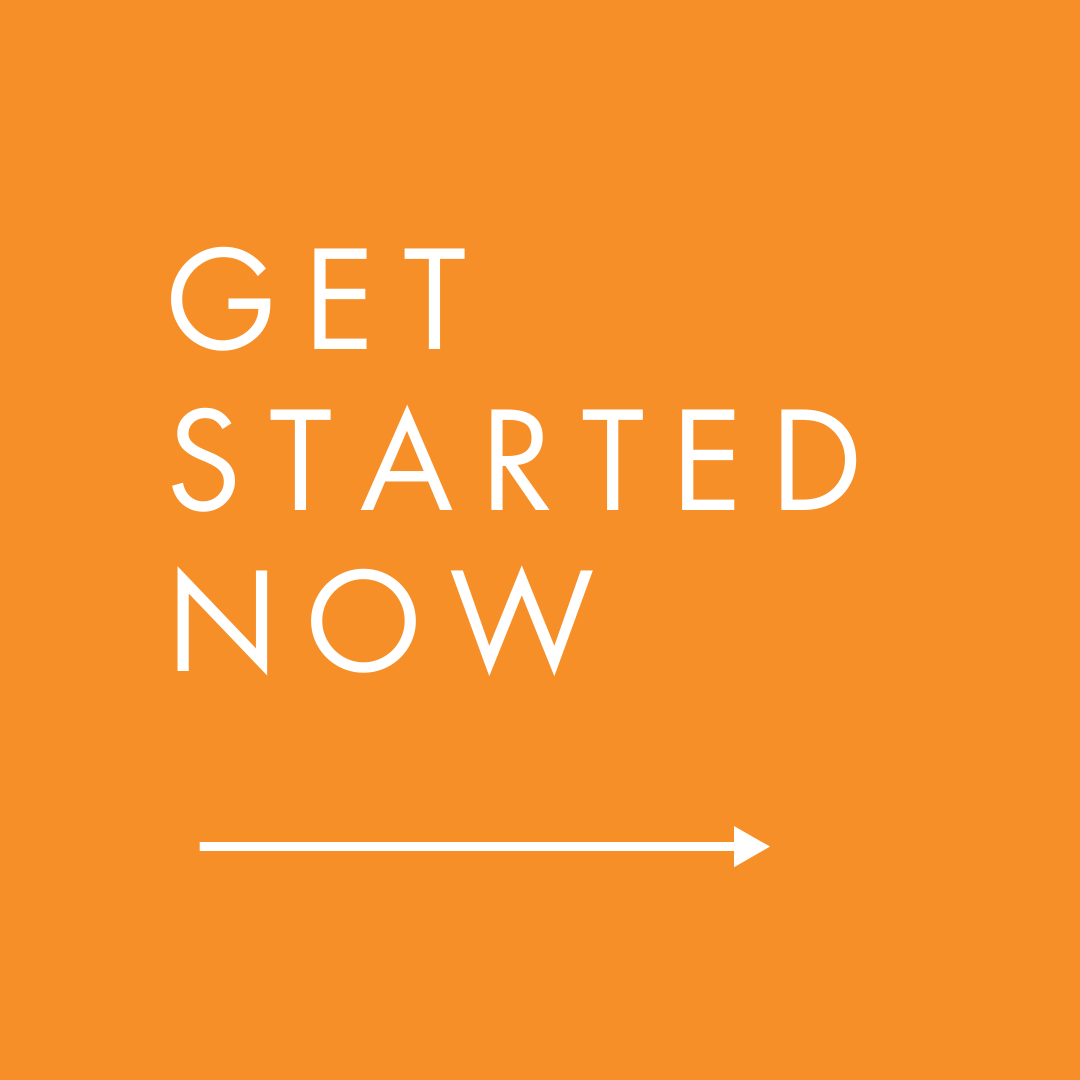Columbia University Supplemental Essay Prompts for 2025–2026
Columbia is famous for two things: the Core Curriculum and New York City. Together, they set a stage where students are expected to read widely, argue well, and apply their learning in a city that never stops moving. That’s the challenge Columbia admissions is setting for you. Your essays should show not just that you’re qualified, but that you have the curiosity, resilience, and edge to thrive in one of the most demanding intellectual communities in the world.
This year, you’ll write one list (100 words) and six short answers (150 words each). Here’s how to approach each prompt:
1) List of Texts, Resources, and Outlets (100 words)
Columbia isn’t asking for random favorites — they’re asking whether you consume ideas in ways that stretch you. The Core Curriculum assumes you’re comfortable wrestling with Plato and Baldwin in the same week, so your list should hint that you already enjoy making those leaps.
Balance classics with discoveries. Instead of only naming novels, include a podcast, an exhibit, or a journal you return to.
Example of range: The Federalist Papers; a Radiolab episode on memory; a Jacob Lawrence exhibition at MoMA; The Overstory; the Brookings podcast on housing policy.
What admissions reads between the lines: that you’re used to crossing disciplines and letting outside voices shape your thinking.
Quick test: if every item on your list could also appear in a high school syllabus, it’s too safe. Add one surprise that shows real intellectual play.
2) Perspective, Viewpoint, or Lived Experience (150 words)
This is Columbia asking: what lens do you bring into the seminar room?
Pick one part of your life — not a sweeping autobiography. It could be translating for grandparents, running a student newsletter in two languages, or training with teammates from five different countries. Write it as a short scene so your perspective feels lived, not abstract.
Then explain the pattern that comes from it: maybe you’re the bridge-builder in debates, the one who spots assumptions, or the person who turns cultural differences into a shared project.
Tie it back to Columbia’s collaborative culture. Show how your lived experience will help you listen deeply, sharpen arguments, and add dimension to a diverse classroom.
3) Disagreement and Dialogue (150 words)
This isn’t about proving you were right. It’s about showing you can engage difference without shutting down.
Choose a specific disagreement: in debate club, during a hackathon, or even a dinner table policy argument. Describe how you handled the tension: Did you ask clarifying questions? Reframe the problem? Test your own assumptions?
The best answers show both what you learned about the other side and what you adjusted in your own thinking. Intellectual humility reads as strength here.
If your story ends with “we agreed to disagree,” that’s fine — as long as you demonstrate growth in how you argue, listen, or find common ground.
4) Adversity and Growth (150 words)
Every student faces setbacks, but Columbia wants to see what you did with yours.
Pick one clear challenge — not a generic “school was hard,” but something concrete: maybe your student newspaper lost funding and you rebuilt it online, a visa delay blocked a summer program and you created a local alternative, or a community initiative you depended on was shut down and you stepped in to keep it alive.
Good structure:
The challenge: one sentence.
Your response: what you tried, built, or changed.
The shift: the skill, insight, or habit you now carry forward.
Avoid perfection arcs. The strongest essays show unfinished growth — that you’re still testing what you learned, and Columbia will be the next environment to stretch that further.
5) Why Columbia? (150 words)
This is about specificity. Thousands of students will write “New York City” or “the Core Curriculum.” What Columbia wants is your why behind the why.
For example: if you value structured debate, you might point to Contemporary Civilization and how it complements your work leading a Model UN delegation. If you’re excited by climate research, you might name the Earth Institute and how you’d connect it to internships with NYC’s sustainability offices.
Structure works best like this:
Value you hold → Columbia resource/tradition → Outcome you’ll pursue.
One lever, one outcome. That’s enough for 150 words.
6) Preferred Area of Study (150 words)
Don’t just say you “love math” or “care about literature.” Show how a question in your field has already pulled you deeper.
Example: Instead of “I like economics,” describe how you tracked local housing prices, then connect that to Columbia’s strength in urban policy and data-driven research. Instead of “I’m drawn to biomedical engineering,” narrate how you prototyped a device at a summer lab and want to refine it using Columbia’s Makerspace or access to NewYork-Presbyterian partnerships.
The key is trajectory: what you’ve done so far → how Columbia’s resources give you the next platform → what you might create or test as a result.
At Ivy Link, we help you take broad interests and translate them into essays that sound sharp, personal, and ready for a Core Curriculum built on debate and discovery. From idea to final polish, we guide you so your Columbia supplements don’t just list passions — they prove them.
And here’s something unique: our founder and CEO, Adam Nguyen, is a Columbia graduate and a former Application Reader and Interviewer in Columbia’s Office of Undergraduate Admission. His perspective shapes our approach to help students present themselves in ways that align with what Columbia truly values.
If Columbia is your dream — or if you’re applying across multiple Ivies — we’re here to help you approach the process with confidence and clarity. Contact Ivy Link to learn more.


